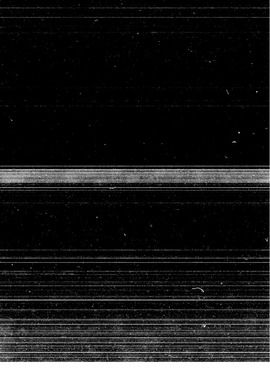| dc.contributor.author | Shadaram, Mehdi, | en_US |
| dc.date.accessioned | 2013-08-16T12:29:15Z | |
| dc.date.available | 2013-08-16T12:29:15Z | |
| dc.date.issued | 1984 | en_US |
| dc.identifier.uri | https://hdl.handle.net/11244/5273 | |
| dc.description.abstract | The optical frequency domain technique has been used in the analysis of discrete and distributed reflections in an optical fiber. Reflections are studied in three different cases: Discrete reflections only, distributed reflections only, and combination of discrete and distributed reflections. The signal to noise ratio (SNR) for the frequency domain technique has been calculated. A comparative study with the time domain technique has shown an improvement of SNR by an average of 40 dB when frequency domain technique is being used. When discrete and distributed reflections are combined, frequency domain method will be more efficient for detecting discrete reflections. The time domain technique, however, will be a better choice for characterizing the fiber scattering loss and other distributed reflections. Ratio of distributed reflections to the discrete reflections power has been calculated in order to determine the effect of some fiber parameters such as length, backscattering factor S, and scattering loss coefficient (alpha)(, s) on the reflections. | en_US |
| dc.format.extent | x, 105 leaves : | en_US |
| dc.subject | Engineering, Electronics and Electrical. | en_US |
| dc.title | Optical frequency domain reflectometry / | en_US |
| dc.type | Thesis | en_US |
| dc.thesis.degree | Ph.D. | en_US |
| dc.thesis.degreeDiscipline | School of Electrical and Computer Engineering | en_US |
| dc.note | Source: Dissertation Abstracts International, Volume: 45-07, Section: B, page: 2267. | en_US |
| ou.identifier | (UMI)AAI8423997 | en_US |
| ou.group | College of Engineering::School of Electrical and Computer Engineering | |
